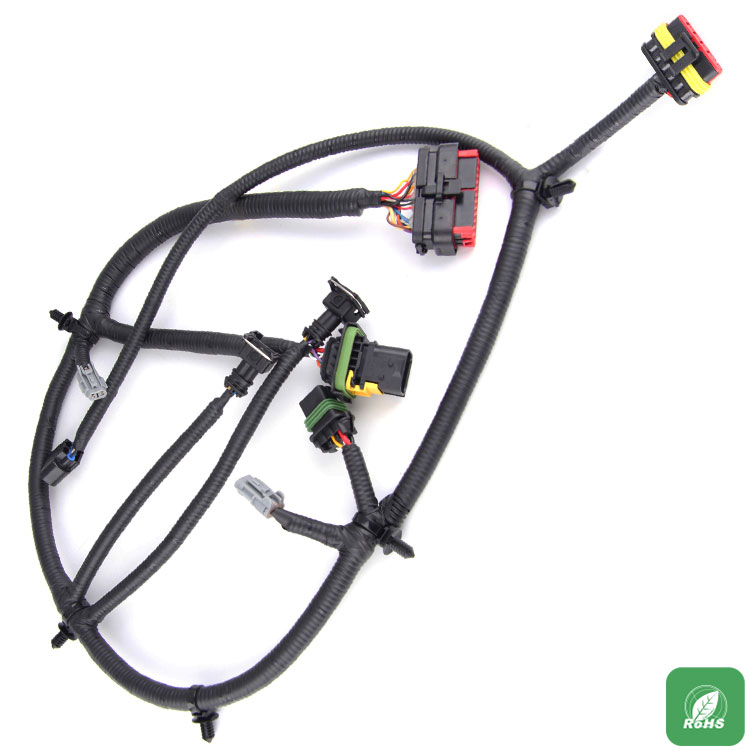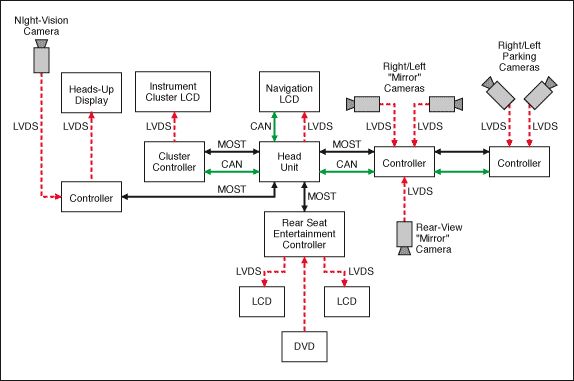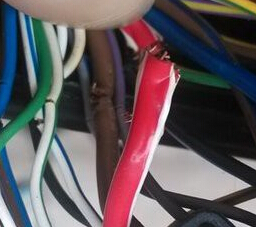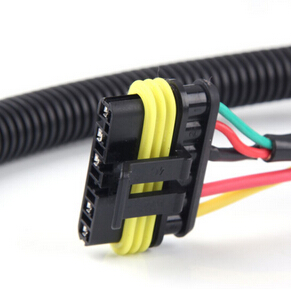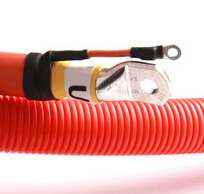Car manufacturers are committed to making their next-generation cars safer, more comfortable, smarter, and more fuel-efficient than their predecessors. For this purpose, more infotainment systems and ECUs (Electronic Control Units) are required to be installed in automobiles. This will lead to an increase in the number and complexity of electronic systems in order to achieve active noise cancellation, Internet connectivity and vehicles. Internal communications and other new features. As the number of automotive electronic systems continues to increase, the weight and cost of the cables required to connect the various systems increases. The increased weight will in turn reduce the car's fuel efficiency, which is annoying to automakers.
Automakers must strike a balance between providing advanced, feature-rich infotainment systems and complying with government-promulgated fuel efficiency standards. Reducing the weight of existing cables can significantly improve fuel efficiency. Various automotive semiconductor technology providers are trying to solve the performance concerns of automotive manufacturers with optimized solutions, and the introduction of various wired and wireless standards provides differentiated choices, ADI's A2B bus technology in the car audio bus (wired The "hard" strategy and the SmartMesh (wireless "soft" strategy), which uses ultra-high reliability and low power consumption on battery pack management (BMS), deserve attention
A2B "hard" strategy for audio connections
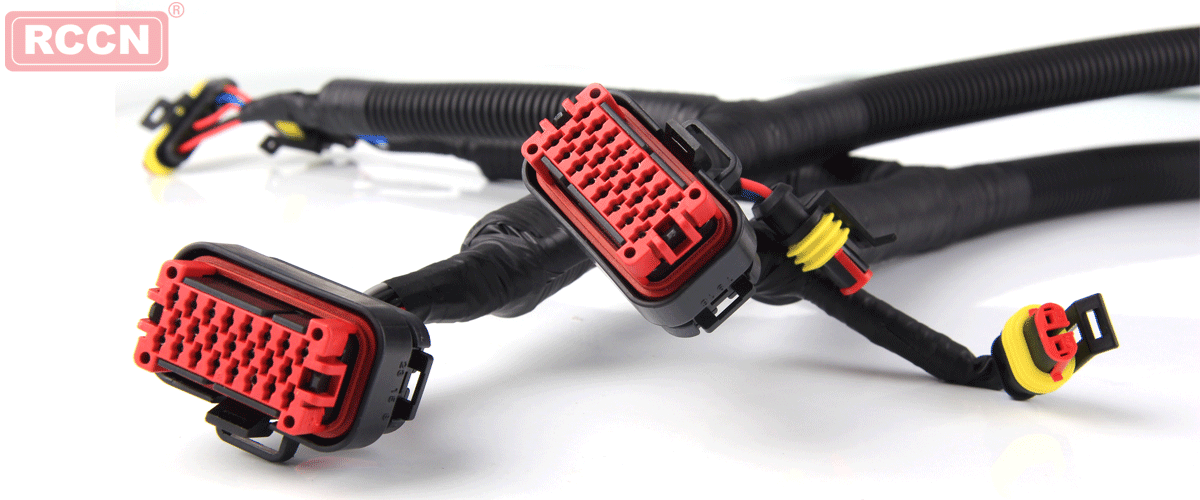
Digital bus standards such as MOST or Ethernet AVB have been widely used in contemporary infotainment systems because these standards can significantly simplify the wiring complexity associated with analog implementations. However, although MOST and Ethernet AVB can improve performance and flexibility, they will increase the cost of managing high-cost microcontrollers that manage their associated software protocol stacks. In addition, these digital bus architectures inherently have uncertainty about the delay between nodes. This is not acceptable for applications susceptible to delay, such as active noise cancellation in the car.
The Automotive Audio Bus (A2B) is an innovative and application-specific technology from Analog Devices that can reduce cable weight by up to 75% and provide high-fidelity digital audio. The car audio bus is optimized for audio applications, providing superior audio quality over analog audio buses, and its total system cost is far lower than existing digital bus standards. The simplest A2B is a high-bandwidth (50 Mbps) digital bus that uses an unshielded twisted pair to control I2S audio and I2C over very long distances (up to 10 m between nodes) Data is transmitted with the clock and power.
From an implementation point of view, A2B is a single-master, multi-slave line topology. The AD2410 is the first product to use the A2B device family. It supports up to 8 slave nodes in an unshielded twisted pair, eliminating the need for redundant cables in some competing technologies. With this daisy-chain capability, the A2B bus distance can be up to 40m and the longest distance between individual nodes can be up to 10m. Replacing the ring topology with a straight line topology is an important element of A2B technology and is very important for overall system integrity and stability. If one connection to the A2B daisy chain is affected, the entire network does not crash. Only the nodes downstream of the faulty connection are affected by the fault, and the in-built diagnostic function specific to A2B technology isolates the source and cause of the fault.
















 RCCN WeChat QrCode
RCCN WeChat QrCode Mobile WebSite
Mobile WebSite